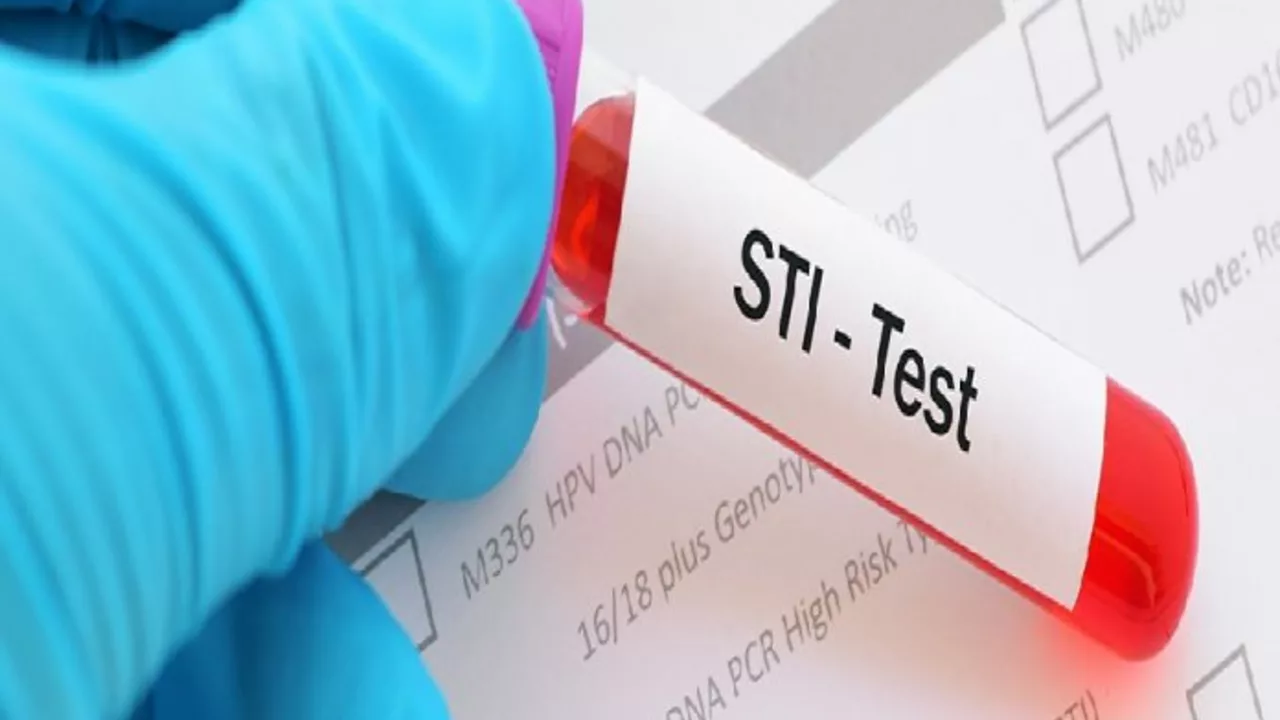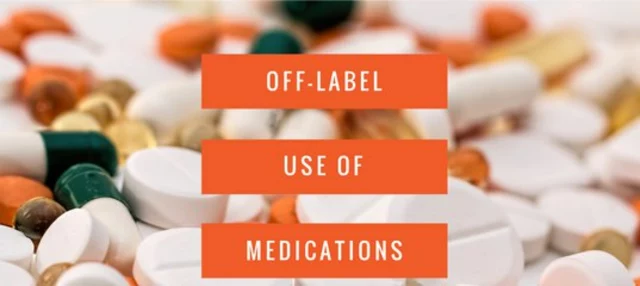
Understanding Sexually Transmitted Infections (STIs)
Sexually Transmitted Infections (STIs) are diseases that are spread through sexual contact. These infections can be caused by bacteria, viruses, or parasites and can affect anyone who is sexually active. Despite the fact that anyone can get an STI, some groups, including the LGBTQ+ community, are at a higher risk. This is due to a variety of factors, including societal stigma, discrimination, and lack of access to health care.
STIs and the LGBTQ+ Community
It's essential to acknowledge that being part of the LGBTQ+ community is not in itself a risk factor for STIs. However, certain behaviors, social factors, and disparities in health care access make some members of this community more susceptible. The frequency of STIs in this community is a public health issue that needs to be addressed with sensitivity, understanding, and respect.
The Risk of HIV/AIDS in the LGBTQ+ Community
Human Immunodeficiency Virus (HIV) and Acquired Immune Deficiency Syndrome (AIDS) pose a significant risk to the LGBTQ+ community. This is especially true for men who have sex with men (MSM), who account for the majority of new HIV infections. The risk is compounded by factors such as stigma, discrimination, and lack of access to preventive services and treatment.
HPV and Its Impact on LGBTQ+ Individuals
Human Papillomavirus (HPV) is another STI that disproportionately affects the LGBTQ+ community. This virus can lead to various types of cancer, including cervical, anal, and throat cancer. Unfortunately, LGBTQ+ individuals often face barriers in accessing HPV vaccinations, screenings, and treatments due to societal stigma and discrimination.
The Prevalence of Syphilis, Gonorrhea, and Chlamydia
Other common STIs affecting the LGBTQ+ community include syphilis, gonorrhea, and chlamydia. These infections can cause severe health problems if left untreated, including infertility and increased risk of HIV transmission. Again, barriers to healthcare access and testing contribute to the prevalence of these infections among LGBTQ+ individuals.
Addressing Stigma and Discrimination
One of the most prominent barriers to STI prevention and treatment in the LGBTQ+ community is societal stigma and discrimination. These issues can discourage individuals from seeking necessary testing and treatment, thereby increasing the risk of infection and transmission. Addressing these societal issues is crucial to improving STI outcomes in the LGBTQ+ community.
Importance of Regular Testing
Regular STI testing is a vital part of sexual health for all sexually active individuals, including those in the LGBTQ+ community. Knowing your status can help you make informed decisions about your health and prevent the spread of infections to others. Unfortunately, many LGBTQ+ individuals face barriers to testing, including cost, lack of access to healthcare, and fear of discrimination.
Prevention Strategies for the LGBTQ+ Community
Prevention is the best strategy for combating STIs in the LGBTQ+ community. This includes promoting safe sex practices, increasing access to vaccines like the HPV vaccine, and addressing the social and structural barriers that prevent LGBTQ+ individuals from accessing healthcare. Education and awareness are also vital components of prevention strategies.
Accessing Support and Resources
There are numerous resources available for LGBTQ+ individuals seeking information, support, and treatment for STIs. Many organizations provide free or low-cost testing, counseling, and treatment services. The key is to break down the barriers of stigma and discrimination so that everyone, regardless of their sexual orientation or gender identity, feels comfortable seeking the care they need.
11 Comments
Write a comment
More Articles

Carbamazepine and the Risk of Birth Defects: What Pregnant Women Need to Know
Carbamazepine increases the risk of birth defects like spina bifida and cleft palate during pregnancy. Learn the real risks, safer alternatives, and how to plan for a healthy pregnancy while managing epilepsy or bipolar disorder.

Understanding Eye Cancer and How Positive Thinking Helps
Learn what eye cancer is, its main types, and how a positive mindset can improve treatment outcomes and quality of life.

The potential off-label uses of colchicine in medicine
As a blogger, I've recently come across some fascinating information about the potential off-label uses of colchicine in medicine. Colchicine, a well-known treatment for gout, is now being explored for its potential in treating other conditions such as cardiovascular diseases and certain types of cancers. Researchers are also investigating its anti-inflammatory properties, which could possibly help patients suffering from autoimmune diseases. While these off-label uses are still in the experimental phase, it's exciting to think about the potential benefits colchicine could have on a wider range of patients. I'll definitely be keeping an eye on future developments in this area, and I encourage you all to do the same!

Margo Utomo
July 16, 2023 AT 23:04Honestly? I wish more people knew that being LGBTQ+ doesn't make you a walking STI factory. 🤦♀️ But hey, at least we're finally talking about it without shame. Get tested, get vaccinated, and stop letting bigots dictate your healthcare. 💉🌈